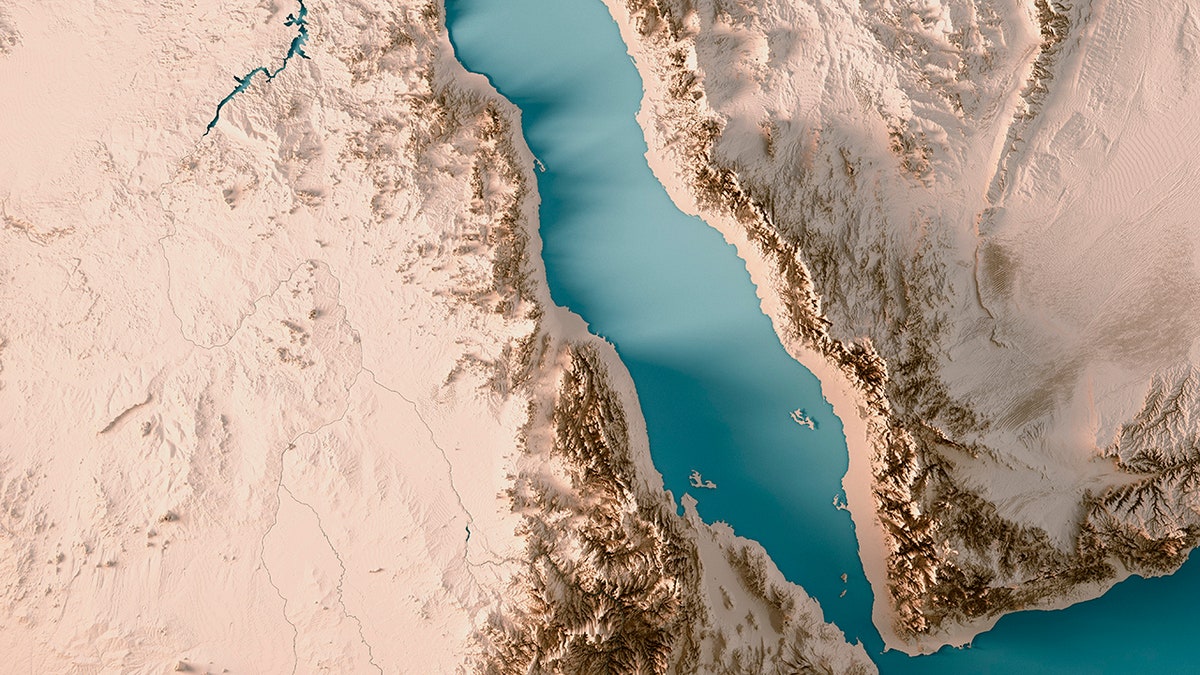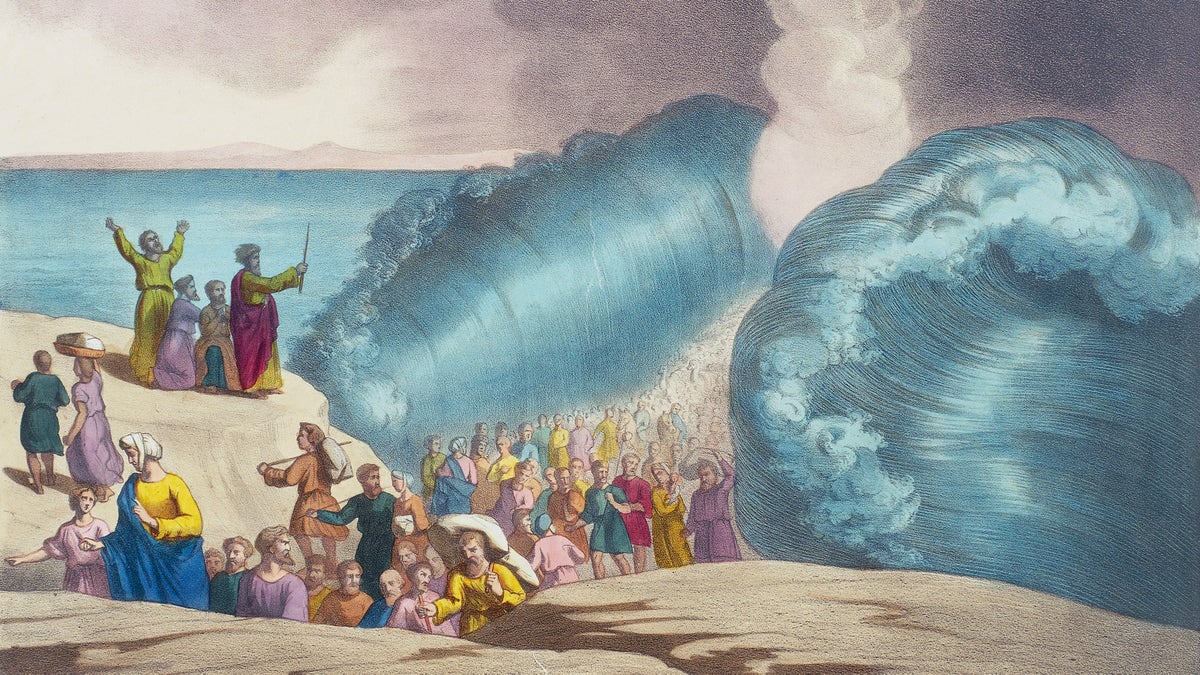Deep in the Gulf of Aqaba, a section of the Red Sea, scientists have uncovered a series of underwater death traps known as brine pools. Located 4,000 feet below the surface, these pools contain water up to ten times saltier than the surrounding seawater and are virtually devoid of oxygen. Any marine creature unfortunate enough to wander into these pools is quickly stunned or killed, providing a ready meal for larger predators lurking nearby. This discovery, detailed in a study published in Nature Communications, offers fascinating insights into both the history of life on Earth and the potential for life beyond our planet.

Led by Professor Sam Purkis of the University of Miami, the research team utilized remotely operated submersibles and deep-sea probes to explore these deep-sea trenches. The extreme conditions within the brine pools, according to Purkis, mirror those believed to have existed on early Earth, particularly in the deep ocean where life is thought to have originated. This unique environment, practically untouched by the usual churning of marine life, preserves sedimentary layers in remarkable detail, offering a pristine record of past climate shifts and geological occurrences.

The implications of this discovery extend beyond Earth. The study suggests these brine pools could serve as analogs for environments on other planets, potentially aiding in the search for extraterrestrial life. The harsh conditions found in these pools are thought to resemble those on some distant "water worlds" beyond our solar system. Moreover, the undisturbed sediment layers within the pools provide a valuable archive of environmental changes, something that could be invaluable in understanding the long-term evolution of ecosystems. While similar brine pools have been found in other oceans, the Red Sea pools are unique due to their significant depth. Professor Purkis and his team are hopeful that further study of these pools will shed light on ancient ocean conditions, helping to reconstruct past climates and track the development of Earth’s ecosystems over millions of years.









